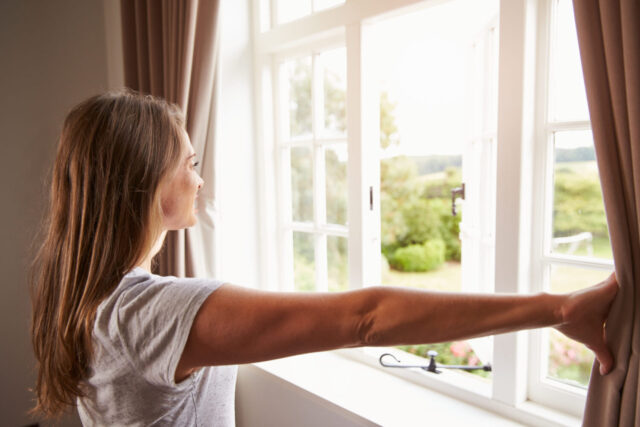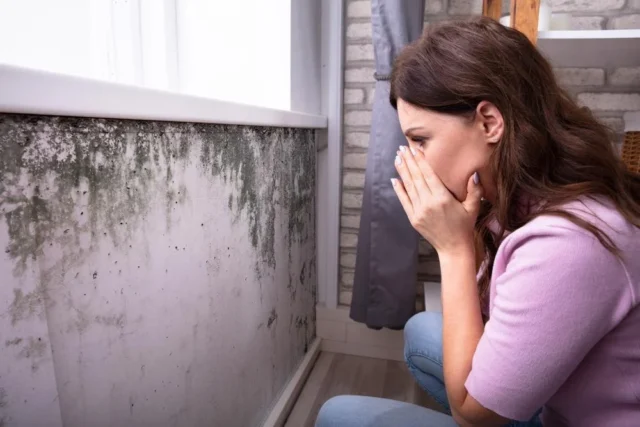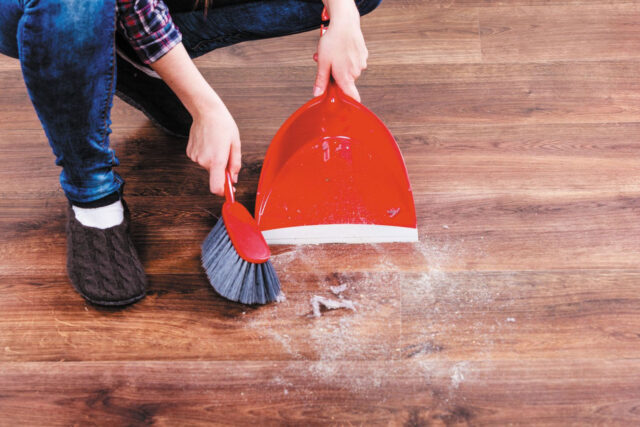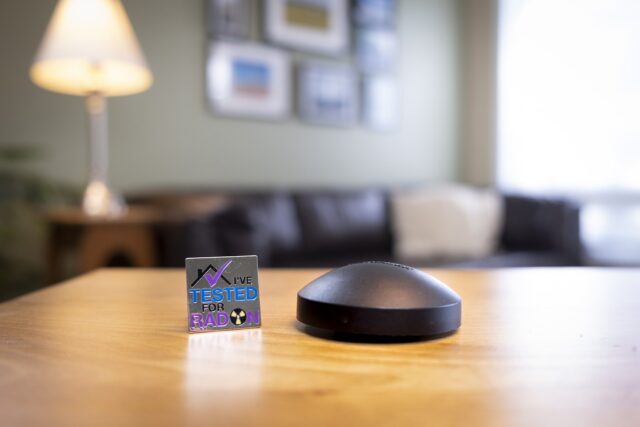
Improved indoor air quality has become a top concern for homeowners looking to make their homes healthier and cozier. Since we spend most of our time indoors, the air we breathe directly affects how we feel and how healthy we are. Implementing practical methods for improving the air we breathe at home is essential because poor indoor air quality can cause respiratory issues, allergies, and other health problems.
Houston roofing companies are crucial to the general well-being and comfort of homes to ensure excellent indoor air quality. These roofing specialists know proper insulation and ventilation are essential to indoor air quality. Roofing Company Houston puts their customers’ health first and promotes a healthier indoor environment by ensuring homes have properly sealed roofs and well-ventilated attics.
Understanding Indoor Air Quality

It is crucial to comprehend what causes indoor air quality to deteriorate before diving into the methods to improve it. Many pollutants, such as the following, can contaminate the air inside buildings:
1. Particulate Matter
Small, airborne particles known as particulate matter include dust, pollen, pet dander, and mold spores. These particles can aggravate allergies and asthma by irritating the respiratory system. Prevalent allergens like dust can make sensitive people sneeze, cough, and even have asthma attacks.
2. Volatile Organic Compounds (VOCs)
Chemicals known as VOCs are released from various household products, including paints, cleaners, and air fresheners. Long-term health effects, such as headaches and dizziness, can result from prolonged exposure to VOCs. Formaldehyde is one VOC that has been linked to respiratory and neurological issues.
3. Biological Contaminants

These consist of mold, viruses, and bacteria. These contaminants can cause infections and respiratory problems if not adequately controlled. In damp and poorly ventilated spaces, mold grows and releases spores that can be dangerous to breathe.
4. Radon
A radioactive gas called radon can enter homes through foundational cracks. Lung cancer risk can be significantly raised by radon exposure over an extended period. It is crucial to test your home for radon levels and take the appropriate precautions to lessen their presence.
5. Carbon Monoxide (CO)
The incomplete combustion in gas stoves, fireplaces, and heating systems results in the colorless and odorless gas known as CO. In high concentrations, it can be fatal due to carbon monoxide poisoning. Fuel-burning appliances must have proper ventilation and undergo routine maintenance to avoid CO buildup.
Tips For Improving Indoor Air Quality

Let’s examine practical advice and methods to enhance indoor air quality now that we are aware of the potential offenders affecting it:
1. Regular Cleaning And Dusting
Over time, dust and allergens build up on surfaces. Airborne particles can be significantly reduced by routinely dusting and cleaning shelves, furniture, and other household items. Use microfiber cloths or Hoover cleaners with HEPA filters to capture even the smallest dust particles.
2. Invest In High-Quality Air Purifiers
Dust, pollen, and pet dander can all be successfully removed from the air by air purifiers with HEPA filters. Some air purifiers also include activated carbon filters to combat VOCs and odors. Consider the CADR (Clean Air Delivery Rate) to ensure optimum performance when selecting an air purifier.
3. Proper Ventilation
For better indoor air quality, adequate ventilation is essential. Open windows and install exhaust fans to reduce humidity and remove pollutants from bathrooms and kitchens. Consider installing energy recovery ventilators (ERVs) or heat recovery ventilators (HRVs) in homes with modern airtight construction to introduce fresh air while maintaining energy efficiency.
4. Indoor Plants

Certain indoor plants, like peace lilies and spider plants, can help improve air quality by removing pollutants from the air and releasing oxygen. If you have pets at home, take care to select plants that are safe for them. However, plants may not have enough air-purifying power for large spaces, so they should be used with other air quality improvement techniques.
5. Control Humidity Levels
Keep indoor humidity between 30% and 50% to avoid mold growth and lessen dust mites. Dehumidifiers are useful in places with high relative humidity, particularly bathrooms and basements. On the other hand, during the winter, humidifiers can help supplement dry indoor air with moisture.
6. Avoid Smoking Indoors
Numerous harmful chemicals, including carbon monoxide, are found in cigarette smoke. Smoking outside can protect the health of non-smokers and reduce indoor air pollution. Encourage anyone who smokes in your home to give it up or confine their smoking to outdoor spaces away from open windows and doors.
7. Choose Low-VOC products
Choose low-VOC or VOC-free paints, cleaning solutions, and other household products to reduce chemical indoor air pollution. Look for products that have certifications for being environmentally friendly, such as Green Seal or EcoLogo, which guarantee they adhere to strict air quality standards.
8. Regularly Change HVAC Filters
Filters are used in heating, ventilation, and air conditioning (HVAC) systems to capture airborne particles. The HVAC system runs more effectively, and the air quality is maintained by routinely changing these filters. If you have pets or allergies, replace your filters more frequently than the manufacturer recommends.
9. Test For Radon

Consider having your home radon tested if you live in an area with high levels of radioactive gas or have any reason to believe it might be there. For accurate results, professional radon testing kits are available. A knowledgeable radon mitigation specialist can assist with putting measures in place to lessen radon concentration if elevated levels are found.
10. Keep A Clean Pet Environment
To lessen shedding and dander, give pets regular grooming and baths. Lessening allergens also involves keeping pet bedding and living spaces clean. To ease the suffering of members of the family who are allergic to pets, think about designating pet-free areas in the home.
Conclusion
Enhancing indoor air quality fosters a cozy and healthy living environment. Homeowners can create a space that promotes their well-being by being aware of indoor air pollutants and using the advice mentioned above and methods. The best ways to improve indoor air quality include routine cleaning, appropriate ventilation, air purifiers, and humidity control.
By making deliberate efforts and being aware, we can significantly reduce the risks of poor indoor air quality and benefit from cleaner, fresher air inside our homes. Keep in mind that even small changes can make a big difference in the air quality in our homes, making them safer for everyone who lives there and more comfortable.









